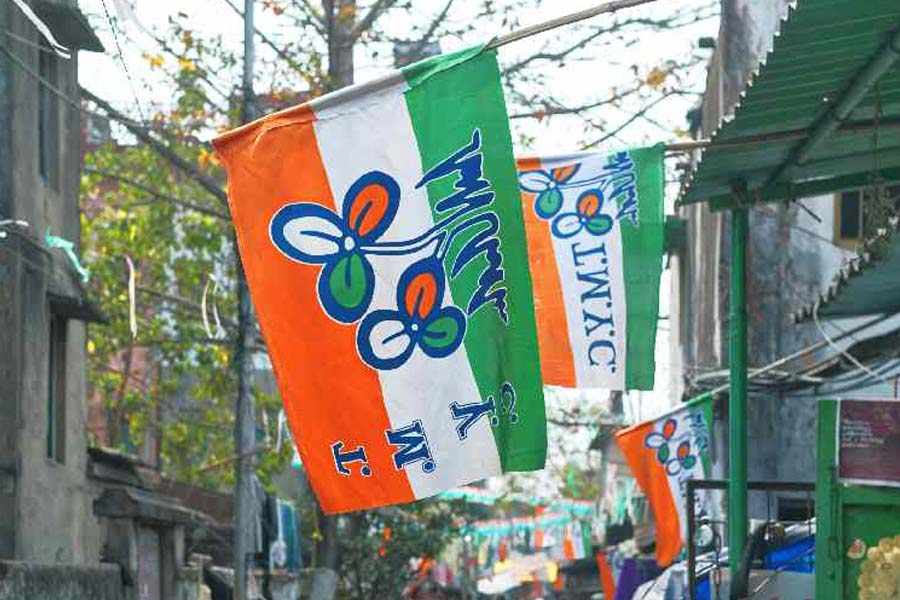|
|
The junk of the urban everyday — a stained doorknob, a disused threshold, a tile — fills the flâneur with momentary excitement and adoration; these random items seem to possess a mystery that derives from being part of a larger narrative, an unspoken theology or mythology. The objects the flâneur lights upon in streets, by-lanes, alleys, have, for him, an aura, an air of sacredness, that’s almost religious. Kolatkar’s metaphor for urban junk transformed by a small abrasion into something significant, or poetic, is, in Jejuri, the simple stone or rock — like junk, entirely useless — which is changed by a mark into a holy object. So, in “The Horseshoe Shrine”, the “nick in the rock/ is really a kick in the side of the hill”, where the hoof of Khandoba’s horse struck it “like a thunderbolt” as he rode with his wife “across the valley”, like a spark “fleeing from flint”.
The astonishing translation of urban junk into the realm of the modern imagination is what informs these famous lines from “A Scratch”: “scratch a rock/ and a legend springs”; it is this process of translation and refashioning, and not devotion, that makes Yeshwant Rao — “a second class god” whose place “is just outside the main temple”, a “mass of basalt,/ bright as any post box,/ the shape of protoplasm/ or a king size lava pie” — an object of the poet’s wry wonder. The religious is implicit in the transitory objects that Benjamin’s flâneur discovers, hoards, and cherishes in the city; Kolatkar reworks and inverts this casually, but profoundly, in Jejuri — in his poem, a religious landscape is pregnant with the implications, the wonders, of the urban.
In “Heart of Ruin” (which describes how a temple to the god Maruti is now inhabited by a “mongrel bitch” and her puppies), there are lines — “The bitch looks at you guardedly/ past a doorway cluttered with broken tiles”; “The black eared puppy has gone a little too far./ A tile clicks under its foot.” — which lead us directly to a moment and to the exposition of a certain sensibility in Benjamin’s “The Return of the Flâneur”. This essay, written in 1929, became available too late in the day to the Anglophone world for Kolatkar to have read it in the early Seventies, but the concordances in imagery and in sentiment are startling. Benjamin asks us why the flâneur is “the creation of Paris”, and not Rome. He quickly concludes Rome is “too full of temples, enclosed squares, and national shrines to be able to enter undivided into the dreams of the passer-by”. Further, “[t]he great reminiscences, the historical frissons — these are all so much junk to the flâneur, who is happy to leave them to the tourist. And he would be happy to trade all his knowledge of artists’ quarters, birthplaces, and princely palaces for the scent of a single weathered threshold or the touch of a single tile — that which any old dog carries away.”
The inversion in Benjamin, where history and its imperial monuments (for which ‘Rome’ is a metaphor) becomes “so much junk”, and junk, like the tile that “any old dog” might carry away, is aggrandized and magnified — this inversion is especially true of the Kolatkar of Jejuri (where the puppies and the loose tile in the temple supersede the importance of the temple, the monument, itself) and the Kala Ghoda Poems. The latter, indeed, abounds in images of junk; of the spokes and wheels that the children of pavement-dwellers recycle for their own recreation. Benjamin’s notion of flânerie is crucial to our understanding of Kolatkar’s poetics, and also of his position in the narrative of Indian writing in English.
In 1981, five years after Jejuri had been published, Midnight’s Children inaugurated a monumental view of Indian history in literature — in fact, a monumental view of literature itself in India. It brought into being a lineage of writing about the “great reminiscences, the historical frissons”, everything that was “so much junk to the flâneur”, as Kolatkar’s art had so passionately and contrarily proved. I’m not setting up a crude opposition between the two writers here; Kolatkar admired Rushdie’s novel, as Rushdie does Kolatkar’s work. But I am suggesting that there is another lineage and avenue in Indian writing in English than the one Midnight’s Children opened up, along with an obsession with the monumental; and its source lies in Jejuri. Younger writers haven’t looked at the possibilities of this lineage, with its idiosyncratic delight in the freedom to withhold, assign, and create meaning, its consignment of History to the scrap-yard, and its bringing of the scrap-yard into history, closely enough. If it does exist in some form, critics haven’t done enough to uncover and identify it. For now, the place of Kolatkar’s legacy hovers on the edges; which is where, as we see in Jejuri, he liked to be.












